The Scientific Basis of
PRK-1U Technology
PRK-1U technology is based on complex scientific principles, which combine the physicsthe mathematicsthe quantum physicsthe biotechnologies and sciences of consciousness.
Understanding these principles will help you understand how this revolutionary device can develop concentration and awareness for boost our capabilities and pilot (control) reality.
1.
Thought as
Physical activity
Research in neuroscience and physics has shown that human thought emits electromagnetic waves.
Called biosignals, these waves are physical manifestations of mental activity.
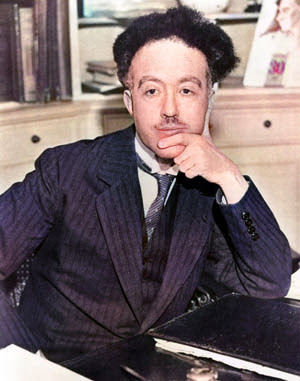
Louis de Broglie
1892-1987 - French mathematician and physicist, the first of the younger generation of founders of quantum physics to win a Nobel Prize for his discovery.
Louis De Broglie
dualism
wave-particle
Louis de Broglie's equation shows that all matter has an associated wave.

Wave-particle dualism is a well-established property of quantum mechanics. It shows that microscopic objects can exhibit wave and particle properties depending on the conditions.
As the research into wave-corpuscle dualism At the microscopic level, matter can take the form of a wave:
"Corpuscular-wave dualism is a property of nature consisting in the fact that microscopic material objects can, under certain conditions, exhibit the properties of classical waves and, under other conditions, the properties of classical particles.
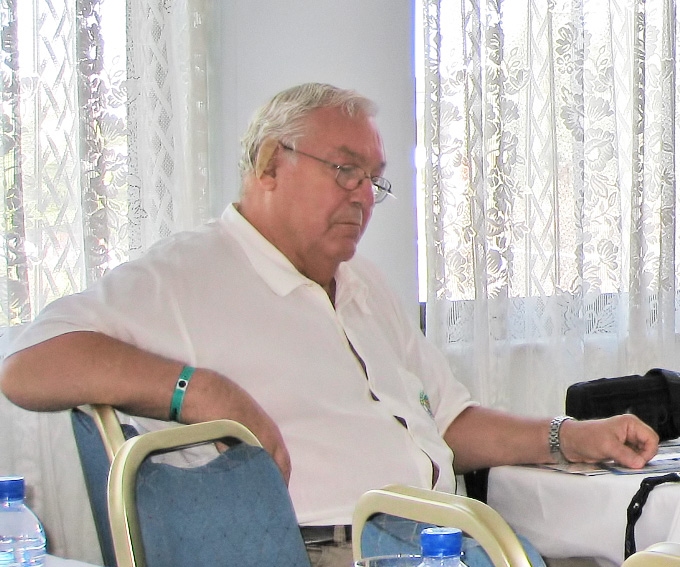
Yuri Vasilyevich Gulyayev
1935-Russian physicist and inventor, Scientific Director of the Institute of Radio and Electronic Engineering of the Russian Academy of Sciences (IRE RAS), Director of the Institute of Nanotechnologies and Microelectronics of the Russian Academy of Sciences (INME RAS), Academician and member of the Presidium of the Russian Academy of Sciences, Professor and Head of the Department of Solid State Electronics and Radiophysics FFKE MIPT.
Yuri Vasilyevich Gulyayev
the wave-like radiation of thoughts
Professor Gulyaev is a recognised expert and pioneer in acousto-electronics, acousto-optics, spin-wave electronics and radiophysics. He has led significant research into the detection and analysis of electromagnetic fields and radiation emitted by the human body.
His research has led to the development of innovative methods for non-invasive studies and early medical diagnosis.
At the Institute of Radio Engineering and Electronics of the Russian Academy of Sciences, he carried out advanced research into the wave radiation of thoughts.
Using a special video camera, his team of scientists were able to record this type of radiation.
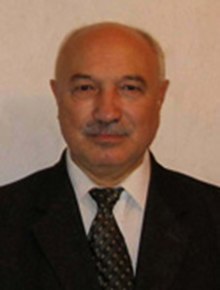
Boris Isakov
1934 - 2016 Scientist, Doctor of Economic Sciences, Professor, First President of the Slavonic International Academy of Sciences, Education, Arts and Culture.
Boris Isakov
the materiality of thought
Physicist Boris Isakov has established that thoughts have an extremely low mass, varying from 10^-39 to 10^-30 grams.
Boris Isakov's work has highlighted the materiality of thought, paving the way for in-depth research into the interaction between thoughts and technological devices.
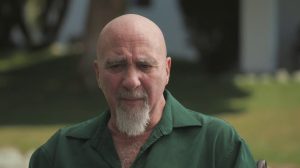
Stuart Hameroff
American anaesthetist, neuroscience researcher and professor at the University of Arizona. He is known for his studies on consciousness.
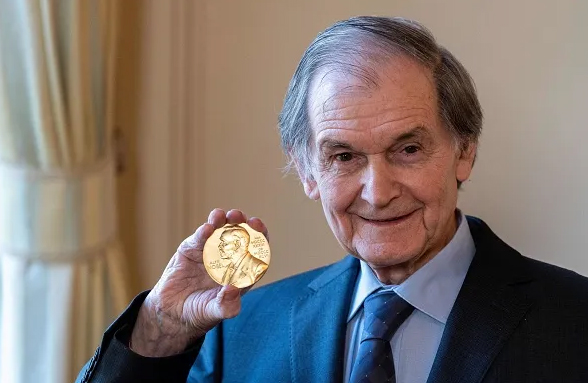
Sir Roger Penrose
British mathematician, cosmologist, mathematical physicist, philosopher of science and winner of the 2020 Nobel Prize in Physics for his research into black holes.
Stuart Hameroff &
Sir Roger Penrose
Consciousness via quantum fields
Human consciousness can influence physical systems via quantum fields.
Penrose & Hameroff believe that the current laws of physics are incomplete when it comes to explaining phenomena such as consciousness.
Consciousness cannot be explained solely by the simple functioning of neurons and synaptic connections.
They believe that understanding quantum gravity could provide answers about the profound nature of consciousness. The idea is that consciousness is not just a phenomenon emerging from neuronal interactions, but that it is linked to fundamental quantum processes in the universe.
Orch-OR: orchestrated objective reduction theory
Penrose & Hameroff explain that consciousness originates in quantum processes influenced by gravity, thus linking quantum physics to the theory of relativity and paving the way for a new understanding of unified fields.
Through the Orch-OR theory, they suggest that quantum mechanics, and more specifically quantum gravity, plays a crucial role in the emergence of consciousness.
Key points of the Orch-OR theory :
Quantum Superposition : microtubules, structures found in neurons, can maintain states of quantum superposition, where particles are simultaneously in several states.
Objective discount : the quantum superposition in microtubules collapses objectively, without the intervention of an external observer. This collapse generates moments of consciousness.
Link between Consciousness and Gravity : This collapse of the superposition is influenced by the curvature of space-time (gravity), thus linking quantum physics to the theory of general relativity. This phenomenon is a kind of 'unified field' in which consciousness is the result of these physical processes.
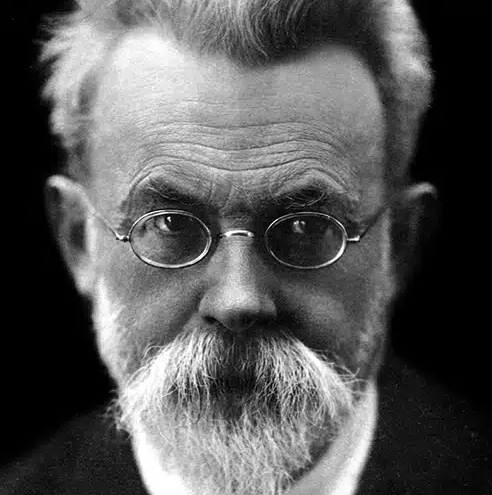
Vladimir Vernadsky
Geochemist and mineralogist, founder of geochemistry and biogeochemistry
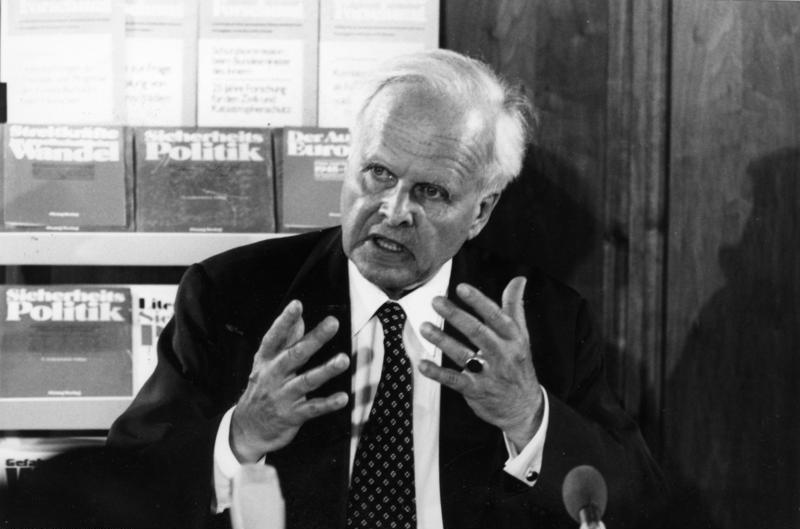
Carl Friedrich von Weizsäcker
German physicist and philosopher
Vladimir Vernadsky & Carl Friedrich von Weizsäcker
the influence of Consciousness on Matter
According to academician Vladimir Vernadsky, it is necessary to accept the influence of consciousness on the phenomena that occur in real space.
The physicist Carl Friedrich von Weizsäcker, whose philosophical and scientific work focuses on the profound understanding of reality through quantum physics and consciousness, wrote :
"Consciousness and matter are different sides of the same reality.
Modern science has established that thought possesses an energetic potential capable of interacting directly with objects and subjects in the material world.
2.
biosignals and their
interactions with Technology
Biosignals are radiations emitted by our thoughts. These signals can interact with devices designed to capture and amplify these waves.
PRK-1U uses advanced optical systems to detect and intensify these biosignals emitted by our mental concentration.
By amplifying these biosignals, PRK-1U enables more precise and rapid monitoring, making it easier to achieve targets.
Amplified thought can then have a tangible influence on reality.
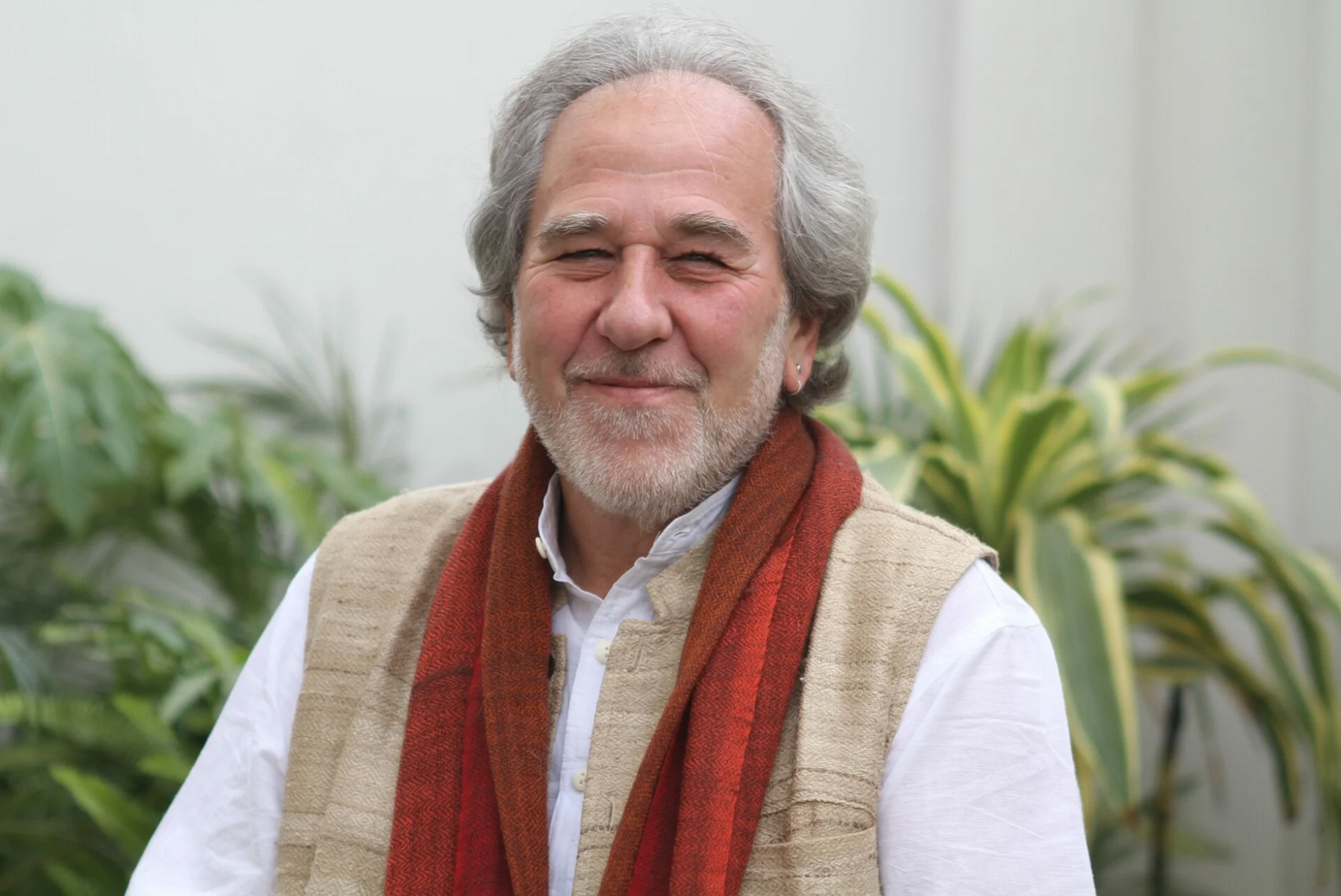
Dr Bruce Lipton
Recognised throughout the world as one of the pioneers of the union of science and spirituality, and as an authority on the new biology.
Dr Bruce Lipton
biosignals and their interaction with technology
Following on from the research of Robert G. Jahn & Brenda J. Dunne, Dr Bruce Lipton and other leading scientists have made astonishing new discoveries about the interaction between our mind and body and the processes by which cells receive information.
In his 2011 book, The Biology of Belief: Unleashing the Power of Consciousness, Matter & Miracles, he examines in detail the mechanisms by which cells receive and process information.
He shows how the new science of epigenetics is revolutionising our understanding of the link between mind and matter, and the profound effects it is having on our personal lives and the collective life of our species.
The implications of this research radically change our understanding of life, showing that genes and DNA do not control our biology. Instead, DNA is controlled by signals from outside the cell, notably the energetic messages emanating from our positive and negative thoughts.
These are the famous biosignals...The radiation emitted by our thoughts can interact with devices designed to capture and amplify these waves.
This synthesis of the latest and best research in cellular biology and quantum physics has been hailed as a major breakthrough, showing that our bodies can be modified as we recycle our thoughts.
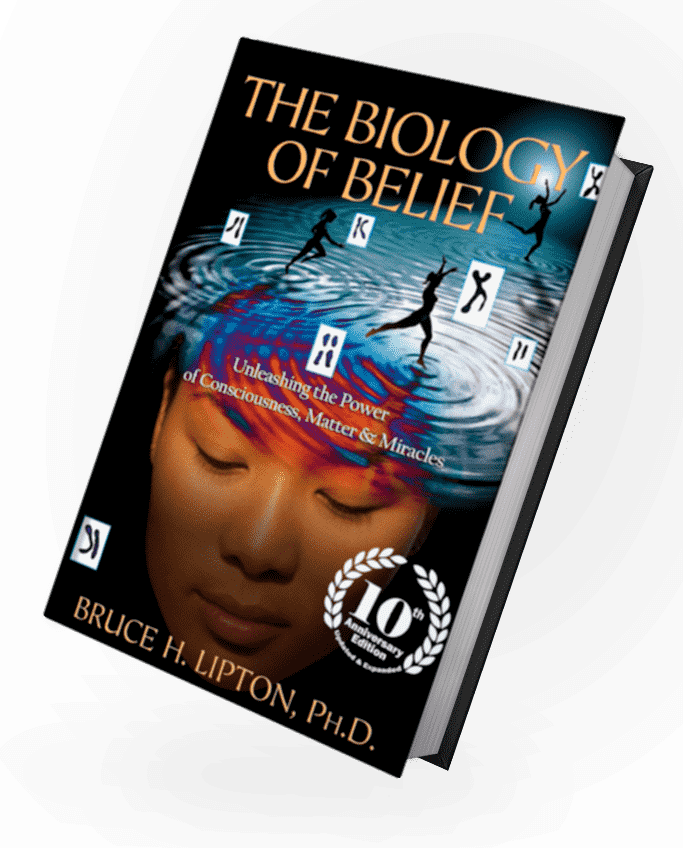
Experiments in biosignal perception
Scientists at the American University of Queens conducted an experiment in which volunteers were seated in the centre of a room and the gaze of another person periodically rested on the back of their head.
Approximately 95% of subjects indicated that they clearly felt the gaze effect as a "fleeting pressure on the back of the head.
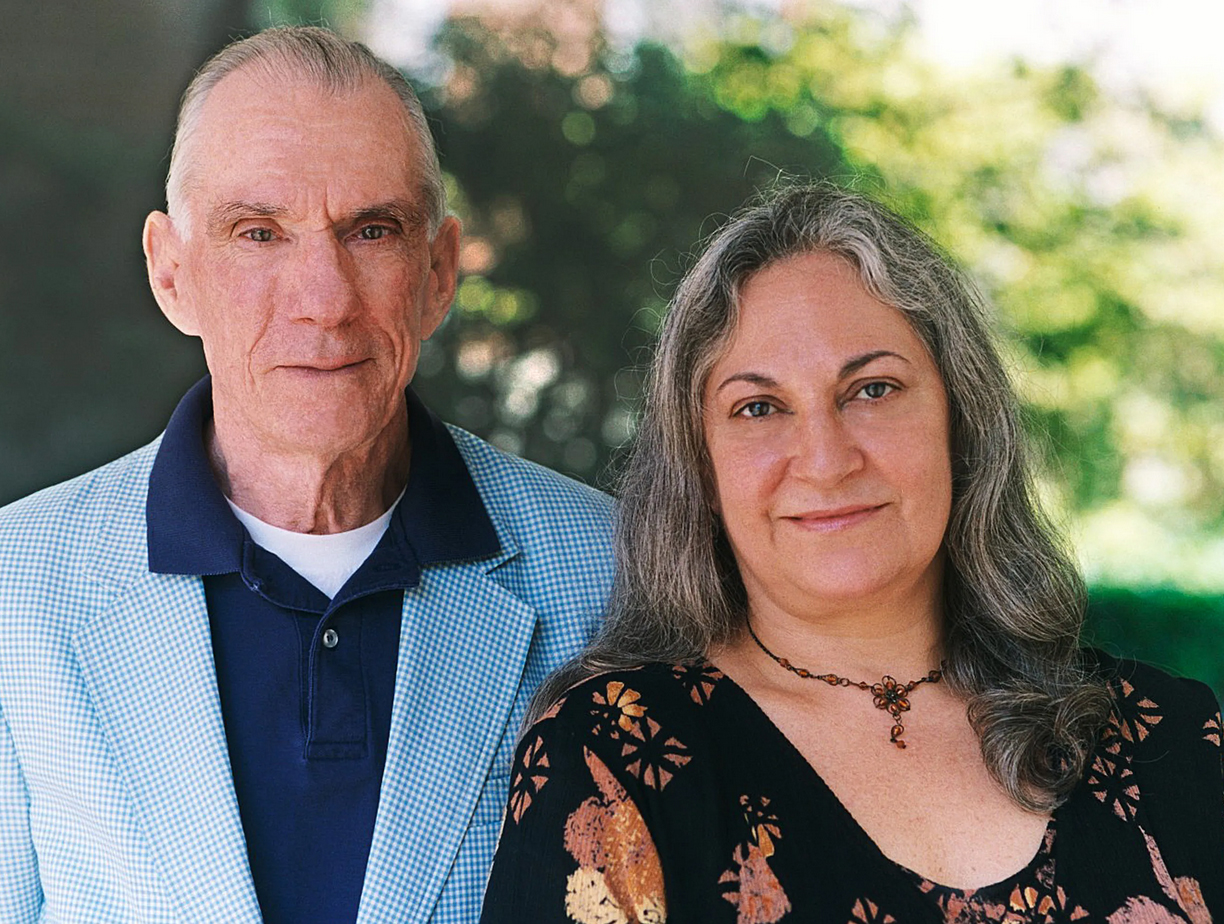
Robert G.Jahn
& Brenda J.Dunne
Robert G. Jahn, plasma physicist, Professor of Aerospace Sciences and Dean of Engineering at Princeton University
Brenda J DunneShe has a degree in psychology and human sciences and a master's in human development.
Robert G. Jahn & Brenda J. Dunne
the role of consciousness in establishing physical reality
Or what modern science has swept under the carpet...
In a pioneering book published in 2009 : "Margins Of Reality - The Role of Consciousness in the Physical WorldRobert G. Jahn and Brenda J. Dunne demonstrate that modern science, in the name of rigour and objectivity, has arbitrarily excluded the role of consciousness in establishing physical reality.
Based on on the results of their first decade of empirical experimentation and theoretical modelling in their Princeton Engineering Anomalies Research (PEAR) programme, they reached conclusions on the interaction of human consciousness with physical devices, information gathering processes and technological systems.
The scientific, personal and social implications of this revolutionary work are staggering in their fundamental reappraisal of how the world really works.
"A physical theory cannot be completed until human consciousness is recognized as an active element in the establishment of reality."
Thought possesses an energetic potential capable of interacting directly with objects and subjects in the material world.
These conclusions are corroborated by the thousands of good results recorded thanks to work with PRK-1U, which confirm that human consciousness, expressed also through thoughts, is an active element in the establishment of reality.
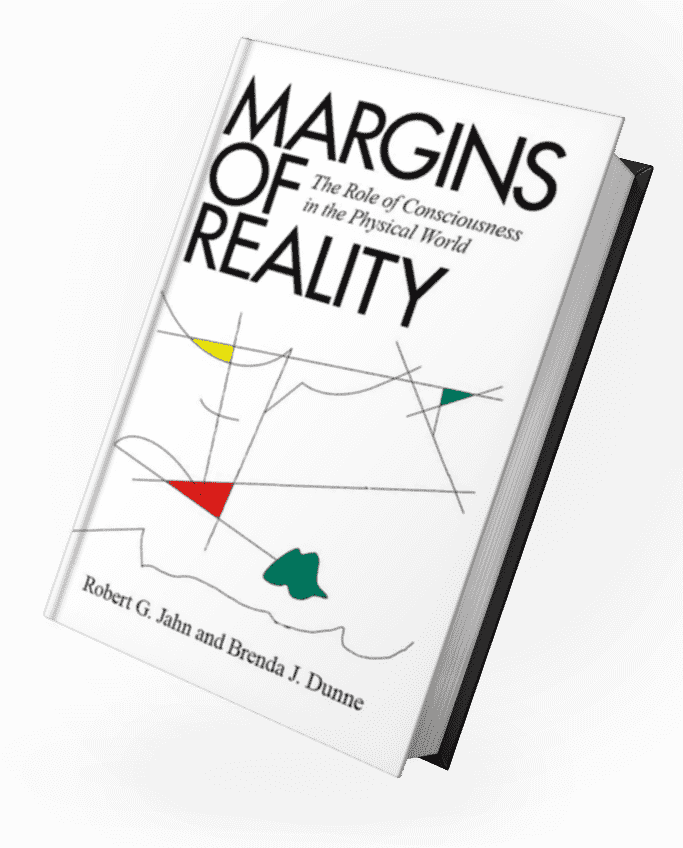
3.
EFFECTS OF THINKING and Consciousness on
Reality
Numerous studies have shown that thought can influence physical and material events.

Anatoly Evgenevich Akimov
Director of the International Institute of Theoretical and Applied Physics at the Russian Academy of Natural Sciences [RANS], Director General of the intersectoral VENT centre, Doctor of Physics and Mathematics.
Anatoly Evgenevich Akimov
Torsion fields and microleptons - beyond Western scientific concepts
The work carried out by Akimov in the 1980s-1990s was established in the context of research in Russia into concepts outside the established framework of modern Western physics.
The Torsion Fields
Torsion fields, sometimes called spin fields or information fields, have been proposed to describe a form of energy or information that would be different from the fundamental interactions of physics such as gravitation, electromagnetism and nuclear forces.
Akimov and his colleagues explained that these torsion fields can be generated by the rotation of particles with spin (an intrinsic property of elementary particles). According to them, this can influence the environment in a way that does not correspond to the conventional fields of physics.
They argued that these fields can travel faster than light and interact with matter in a way that explains certain phenomena not recognised by conventional scienceThese include telepathy, remote viewing and other 'paranormal' phenomena.
Microlepton theory
Akimov and other Russian researchers are highlighting the existence of microleptons, subatomic particles that are lighter than leptons (like electrons, muons and neutrinos).
These particles have properties that allow them to pass through ordinary matter with a very weak interaction, making them difficult to detect by conventional experimental means.
According to Akimov, microleptons are linked to torsion fields, acting as mediators or carriers of information through these fields.
This means that they can influence physical processes in subtle ways by consciousness.
Suggested applications
Akimov stated that torsion fields and microleptons can be used to develop cutting-edge technologies, such as remote communication systems with no loss of signalThere are also devices for detecting hidden materials, and even treatments based on the manipulation of fields.
Devices (such as Grigori Grabovoï's PRK-1U) have been created to learn how to control these fields and their effects on matter and consciousness.
Akimov's work has been criticised by some in the Western scientific community for departing from the established concept of general relativity.
However, his research has influenced a number of researchers and engineers in Russia and Eastern Europe in the fields of bioenergetics and consciousness research, with the idea that Consciousness can interact with matter through mechanisms that have yet to be fully exploited by current physics..
This research raises questions about the limits of our understanding of the universe and the possibility that subtle forms of energy or information may play a role in the profound nature of reality.
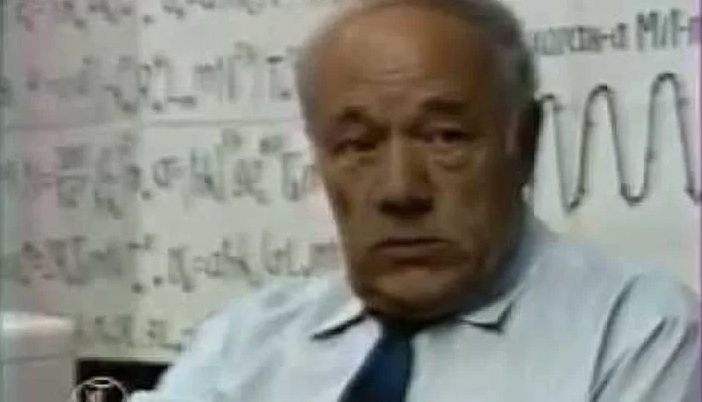
Dr Anatoly Fedorovich Okhatrin
Ph.D, member of the Russian Academy of Natural Sciences
Dr Anatoly Fedorovich Okhatrin
energy-information structures
& microleptons
The theory and practice of energy-information structures are also used to explain the principles of human thought.
Thought is considered to be a powerful source of information programmes which, when incorporated into the structures of the body's energy field, correct the life programme.
The energetic-informational structures of a distinct individual are, according to her, interrelated with other energetic-informational structures.
To explain the theory of energy-information, Dr Anatoly Fedorovich Okhatrin established the particles - microleptons - from which thoughts are formed.
The characteristics of these particles correspond to radiation from the human body, i.e. biological signals.
These particles can freely penetrate bodies and objects, transmit light and even be perceived by the organs of vision.
Dr Okhatrin has experimentally confirmed the existence of microlepton fields.
During the experiment, the scientist asked a female medium "to emit a certain fieldby transmitting information to it. The whole process was recorded on a special photoelectronic device.
The photos show how "a kind of cloud separates from the luminous shell surrounding the woman and begins to move on its own"..
According to the scientist, such "thought-forms", in the form of biological signals, saturated with certain moods and emotions, can influence people.
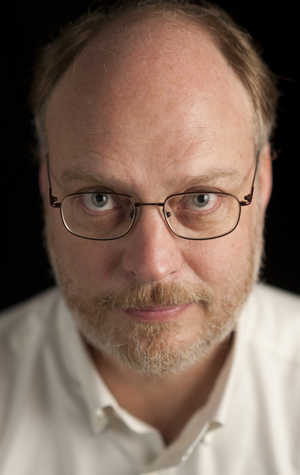
Franck Guenther
American computational and cognitive neuroscientist
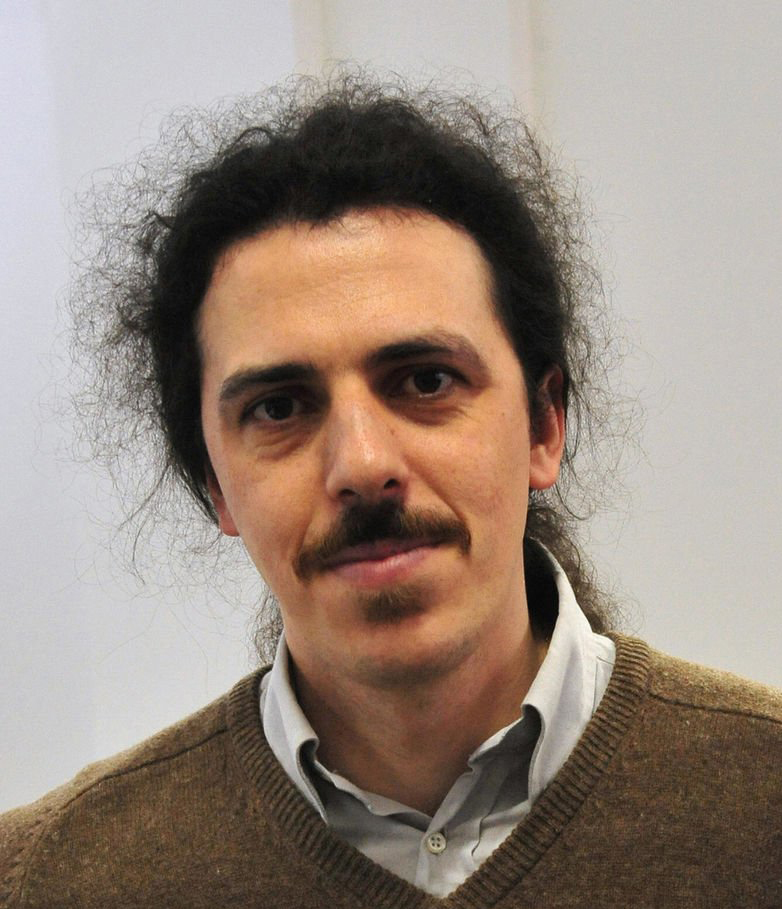
Matteo Metteucci
Phd, Associate Professor in the Department of Electronics, Information and Bioengineering at Milan Polytechnic
Franck Guenther &
Matteo Metteucci
Examples of the action of thought on reality
In 2009, American and Argentinian scientists created an innovative system for recognising "mental speech".
This system is based on the fact that human thought manifests itself in waves, and uses a special synthesiser to 'vocalise' these thoughts.
Thanks to this technology, they have enabled a young paralysed man to regain his ability to communicate.
The system works by implanting electrodes in the patient's brain to pick up the neural signals associated with speech. These signals are then decoded and converted into synthesised sounds, enabling the patient to 'speak' using only their thoughts.
Research by Franck Guenther and his colleagues, for example, has shown that how a patient could produce sounds using an EEG sensor to read brain signals linked to the movements imagined. These signals are then translated into sounds by a voice synthesiser.
In addition, a study carried out by researchers at the University of California, San Francisco (UCSF) showed that how a brain implant could enable a paralysed woman to communicate by thoughtby using a digital avatar to express his words and emotions.
Italian scientists have gone one step further and created a prototype electric wheelchair capable of moving in any direction using the power of thought alone.
Project manager Matteo Matteucci explained that the wheelchair was fitted with a cap that reads the electromagnetic signals emitted by the brain and transmits them to the motor.